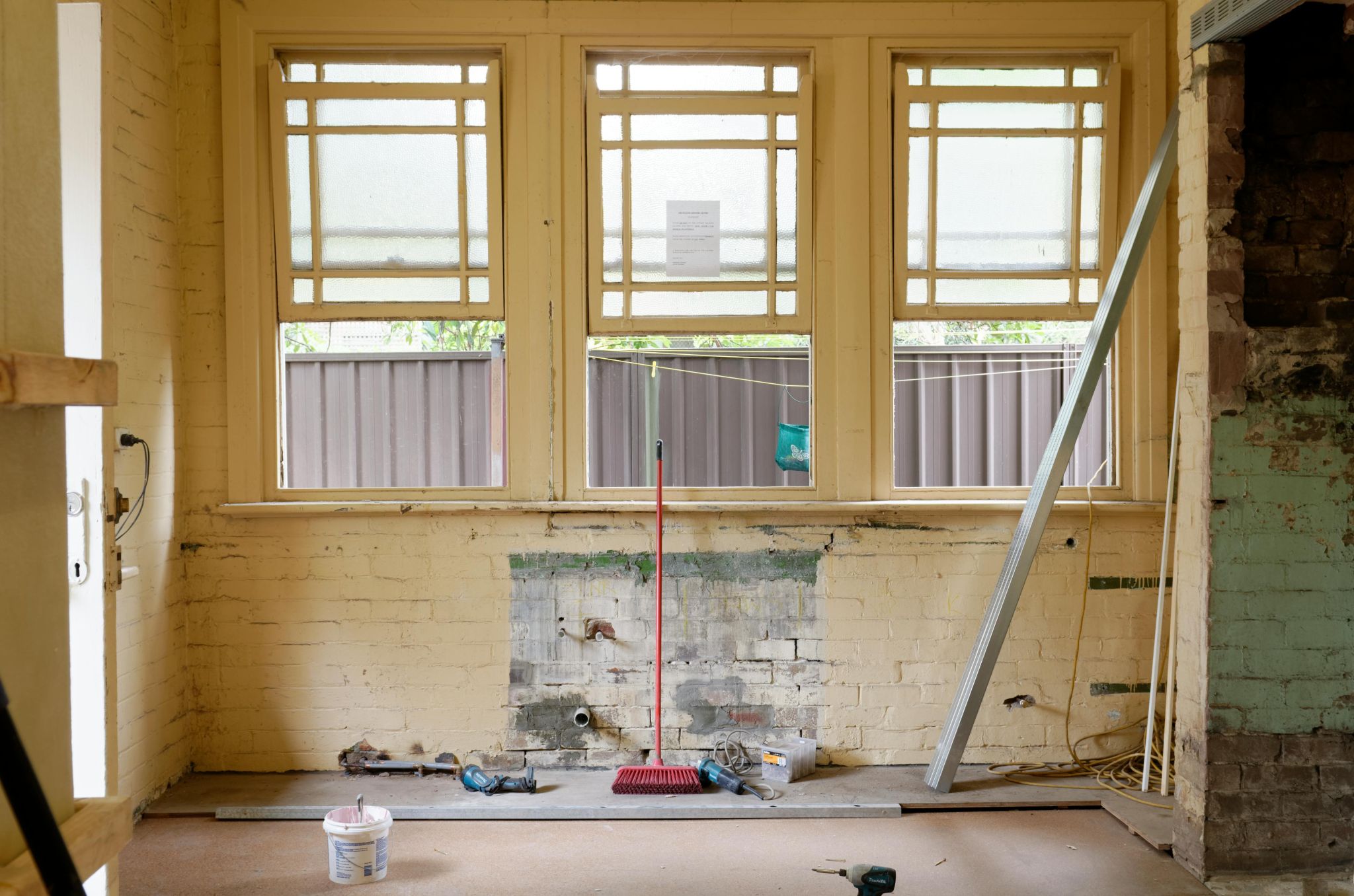New home build costs may be moderating, but a return to pre-pandemic prices is highly unlikely, according to experts.
The average cost of building a home surged 41% to $465,000 between 2019 and 2023, alongside a 34% increase in land prices, now averaging $410,000. Higher costs have led to a 38% rise in typical deposits and a staggering 95% increase in mortgage repayments over the same period, driven by rapid interest rate hikes of 300 basis points.
Timothy Hibbert of Oxford Economics explained that “when prices of land and build costs for houses go up, they will hold where they are,” citing limited labour supply and heightened environmental concerns that have constrained land availability. Builders may offer incentives like rebates or additional features, but headline prices are unlikely to drop.
The pace of construction cost growth may have slowed, but it remains steady. CoreLogic data reveals a 1% rise in the September quarter, marking the strongest growth since December 2022. Likewise, skilled trades and energy-intensive materials continue to experience inflationary pressure.
Maurice Tapang from the Housing Industry Association noted, “The cost of materials and labour in an economy don’t generally come down… inflation is baked into the prices.” He predicts future cost increases of 3-5% annually, matching pre-pandemic trends.
Gareth Aird, Commonwealth Bank’s head of Australian Economics, reiterated that although construction cost growth is slowing, prices will continue to rise: “While borrowing might become cheaper with rate cuts, the cost of building won’t decrease.”
These ongoing challenges highlight the persistent financial pressure on new home buyers, with affordability remaining a key concern.









